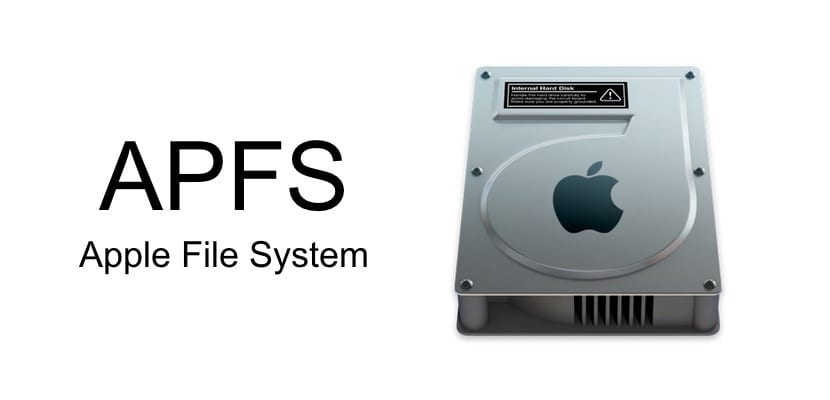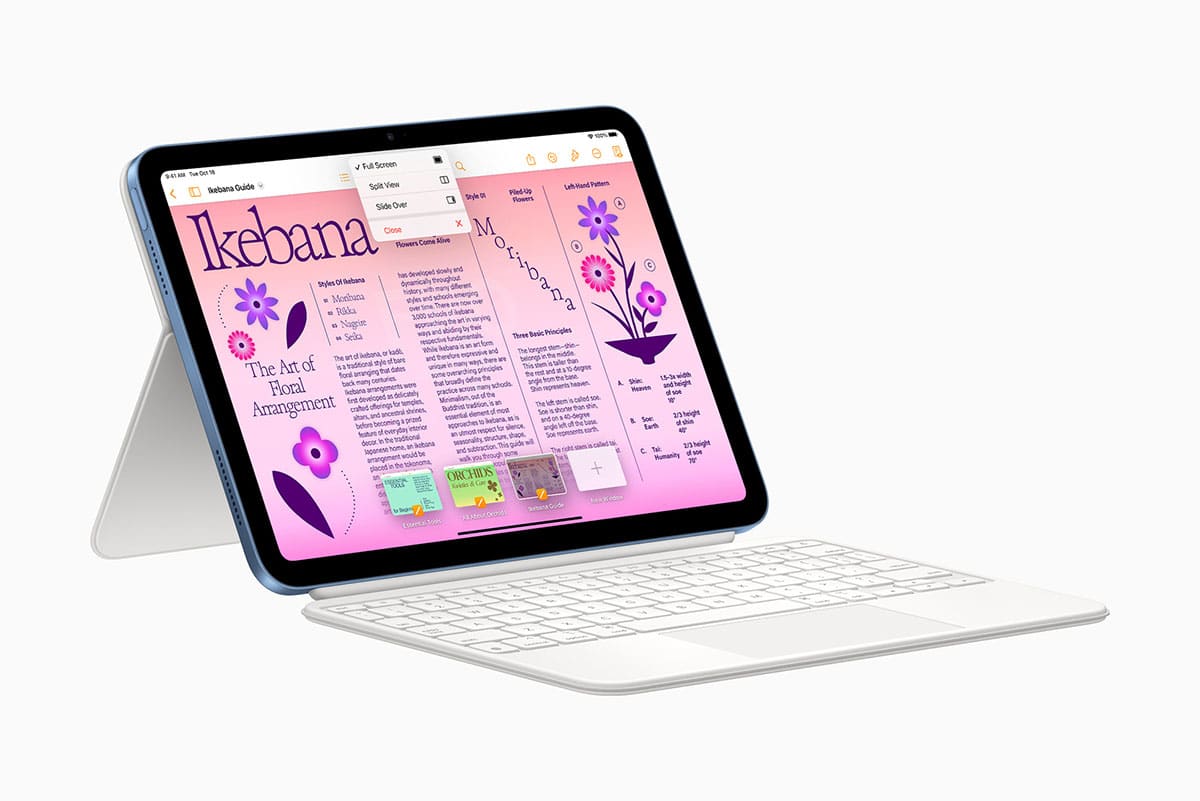
Apple announced it at the developer conference during the WWDC 2016 kick-off, and it's been one of the most overlooked features, without much of a media presence. But the reality is that it will affect all of us who have an Apple device, so it is better to know what APFS is, what consequences it will have for us and how we will make the change, because all (yes, all) Apple devices are going to start using this new file system from 2017Whether it's a small Apple Watch or a 27-inch iMac Retina.
What is APFS
It is a new file system that Apple will release in 2017 in all its operating systems. And when I say everyone, I mean absolutely everyone, from watchOS to macOS, through tvOS and of course, iOS. It will become the replacement for HFS +, a system that has been in our Macs for 30 years, and that it is time for Apple to renew it, because it was designed at a time when there were no flash memories or SSDs, storage systems that are now the norm in Apple products.
What are the advantages of APFS
Obviously if Apple is going to use a new file system it will be because it is better than the current one, and it is. Apple File System is a more modern system and better adapted to new technologies and needs. To begin with, it has support for SSD drives with TRIM, and to share files on the network it will be mandatory to use SMB. It is optimized to have much shorter access times than the old HFS +.
Security, something that Apple is taking care of a lot lately, will be reinforced in this new APFS system. We will no longer have to use FileVault to encrypt our hard drive, because it will be something native to the new system. We will have three options encrypted: none, single-key and multi-key, depending on file type. The ability to create clones of files without taking up extra space, or the new metadata system that protects our data in the event of a crash or unexpected restart are just some additional examples of APFS improvements over HFS +.
Disadvantages of APFS
But not everything can be advantages, and there are some disadvantages that come with this new APFS, some of which we do not know if they will continue to be present when it is already publicly available. At the moment this new system cannot be used in the system partition, nor in the Time Machine disks, nor using Fusion Drive. We hope that these limitations will disappear and are only the result of the testing phase that APFS is in right now, but we do not have confirmation of this from Apple either.
It is also a case-sensitive file system, and it is not configurable in this aspect, which can cause conflicts with other systems that are not. It is not compatible with OS X 10.11 Yosemite or previous versions of the system, so we will not be able to transfer files from old Mac to discs formatted with this file system.
The change will be easy
We do not know yet when APFS will be available, but we do know that Apple will make the transition very easy for the user, who will not have to worry about anything. You will not have to format your hard drive and reinstall the system, it will be a perfectly organized and almost imperceptible change for the user, something that is always appreciated. In the meantime, it is better to get to know this APFS well, which can be with us for 30 years, like its predecessor.
